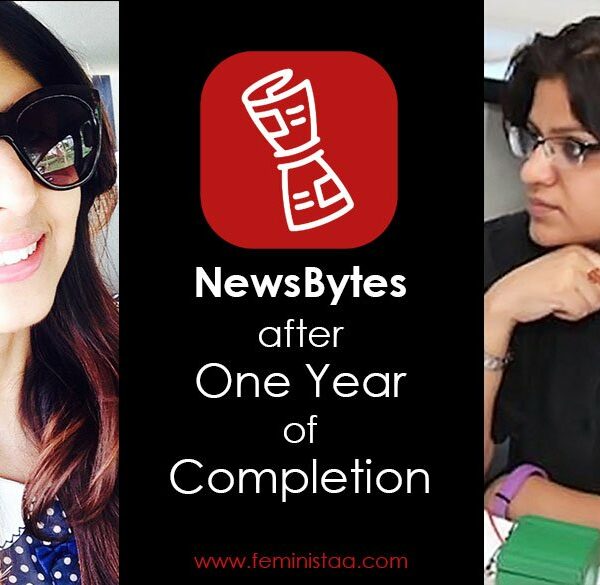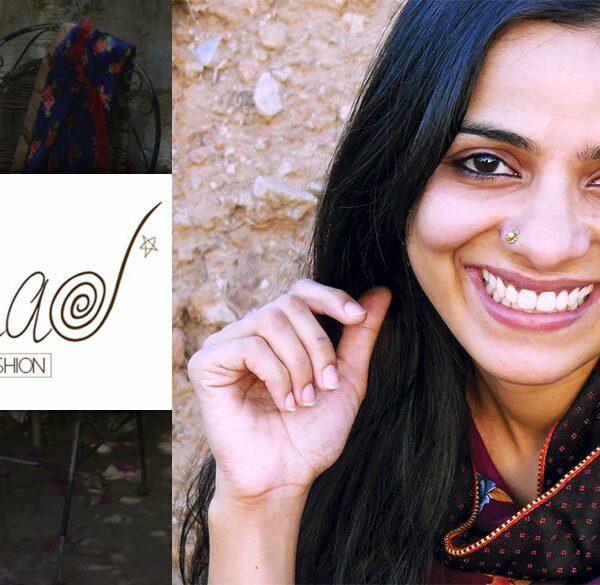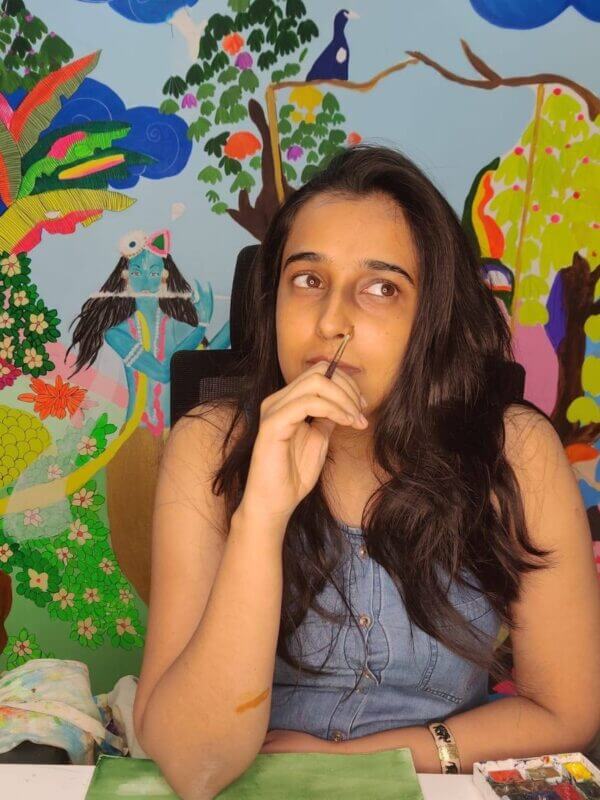The Aravani Art Project was in Delhi to paint a few vibrant murals on the walls of Lodhi Colony.
What happens when art is used for a social cause?

“This wall will be our space for protest,” said an artist, paint-brush in hand, taking a short break to answer our questions.
She was the third-gender who belonged to a particular community. She stood out, despite her salwar kameez and jewelry that she had beautifully adorned.

“Earlier I only had the identity of a sex worker and beggar, now they see me as an artist.”
While graffiti’s and murals filled up even the innocent looking corners of Lodhi Garden, the vibrant wall of Aravani Art Project had its own stature. The almost rainbow colors and humans depicted a genre in itself. A closer look made you immediately strong desire to question the gendered perspective, defying the term – ‘us and them’.
When fellow artist, Poornima Sukumar traveled the country as an artist, she came close to this particular marginalized community. Interacting with them, she realized how she can use art to do her own bit in helping them out. Hence the Aravani Art Project was born to give voice to an intermittent silence. The purpose is to use art as a weapon to erase the stigma and break the myth.
We were curious, “Why Art?”

4.88 lakh amongst the Indian population is transgender (2011 census). It is amidst speculation that they are higher in number, yet it is enough to showcase how a large number of people are from the third gender.
In this context, people from the community still face discrimination, the majority have succumbed to begging and sex work. However, when conscious individuals come together to encourage change, change is the triumph.
The Aravani Art Project is one such triumph which recognizes itself as an ‘artistic collective that creates spaces for people from the transgender community to connect with other communities’.

This art project tries to reclaim the streets of suffering of the transgender community via public art and intervention.
The public spaces are marked with vibrant colors to celebrate the community. Their vibrant murals are a means of communication with other communities. These artistic interventions into neighborhoods are driven by the desire to create a ‘safe space alternate voices and open minds’ and to eventually encourage a global impact.
At 11 AM sharp, all the artists were already in the scene, picking up from where they left off yesterday. Repainting their passion and blues, they were oblivious of people staring, stopping by to take photos, or cars slowing down. It wasn’t easy and nearly took an entire day, balancing on cranes and scaffolds, but the zeal was relentless.

“We won’t be able to come down till the face (of the figure in the mural) is complete,” said Poornima Sukumar when asked to spare a few minutes for an interview.
Their dedication was inspiring.
“The transgender people can work, design, they can paint, (and) they can sketch. Give me opportunity, we’ll do good jobs,” said Chandri who has been with the project as an artist for 2 years.
We could almost see the belief in her eyes as she ran us through the foundation of the Art Project which took her across countries and put her in a position to inspire others. She talked about messages in art and its role in public awareness. And said, “The society thinks that the transgender community is only for one particular work. They’ll not fit another work. That’s why we are proving to society, we also can do art.”

Another important aspect of the Aravani Art Project is their initiative to teach people from the transgender community art and help establish them as artists, using their skill to earn money.
“After I have started working a lot of people have become aware. A transgender also works. She also has a heart, she also loves. Now they are understanding. Earlier we did not receive so much respect,” said Jyoti, who has been with the project for 3 years.
Traveling across the country as an artist, they have received not just recognition but also managed to be a medium of awareness.

“Now people come and talk to me, they come and hug me, show love.”
Although there is a long way to go, still the process to change has begun.
Sometimes people do come and offer money but now Jyoti refuses. She says how her identity has changed after becoming an artist.
Finally, on asked why they chose Delhi, they said how Delhi has a huge number of people from the transgender community, who are especially socio-politically active and regularly participate in rallies and activism.

Painting murals together in the neighborhood with the transgender community brings forth a means of authentic communication in ways we otherwise won’t. There is an intimacy that helps understand people’s struggles and we come to see them in a new light. The Aravani Art Project helps capture exactly that.












